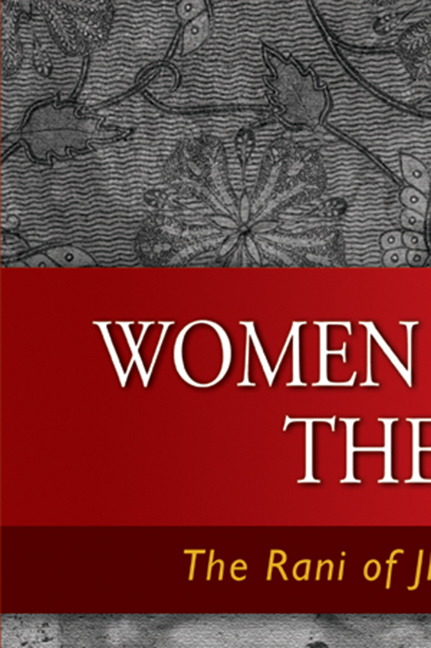Book contents
- Frontmatter
- Dedication
- Epigraph
- Contents
- Message from ISEAS Director
- Foreword
- Preface
- Acknowledgements
- 1 The Historical Rani
- 2 Bengali Nationalism
- 3 Bengali Women Revolutionaries
- 4 Subhas Chandra Bose
- 5 The Indian National Army
- 6 Volunteers from the Malayan Rubber Estates
- 7 The Rani of Jhansi Regiment
- 8 Deployed to Burma
- 9 After the War
- 10 Conclusion
- Epilogue
- Bibliography
- Index
- About the Author
1 - The Historical Rani
Published online by Cambridge University Press: 21 October 2015
- Frontmatter
- Dedication
- Epigraph
- Contents
- Message from ISEAS Director
- Foreword
- Preface
- Acknowledgements
- 1 The Historical Rani
- 2 Bengali Nationalism
- 3 Bengali Women Revolutionaries
- 4 Subhas Chandra Bose
- 5 The Indian National Army
- 6 Volunteers from the Malayan Rubber Estates
- 7 The Rani of Jhansi Regiment
- 8 Deployed to Burma
- 9 After the War
- 10 Conclusion
- Epilogue
- Bibliography
- Index
- About the Author
Summary
The Sepoy Rebellion, or First War of Independence in 1857, was the most written about event in the three centuries and more of British presence in India. While British sources regard the events as a mutiny of sepoys in the British Indian Army in North India, for Indians these events were far more significant, for they signalled the first phase of the struggle for independence. Hundreds of British military memoirs and regimental histories chronicled the events from the British perspective. Indian sources in English are less numerous and describe events of a glorious war fought by valorous martyrs.
The war was a watershed in the history of British India, preceded as it was by control by the East India Company and followed by rule by the British Crown. It also marked a turning point in relations between Englishmen and Indians. While before 1857 cordial interpersonal relations and intermarriage occurred; after 1858 hatred, anger, and suspicion escalated on both sides.
The war also produced a great impact both on the growth of nationalism and on the English colonial imagination. The causes of the war were numerous and varied, real and imagined, among the troops and more broadly among the populace of North India. Resentment against abuses led to the causes of rebellion — matters of postings overseas that caused sepoys to lose caste, and discrimination in pay, promotion, and access to officers clubs that rankled. Suppression of such social practices as sati, or widow-burning, and thugi, or religious murder, was resented among some classes, as was lifting the ban on cow slaughter. More widespread was fear of forcible conversion by Christian missionaries and rumours that flour sold in the markets contained ground cows’ bones. Another set of circumstances puzzling to men of the Raj was the circulation of chapattis from village to village in North India just prior to 1857. And the immediate event that incited action was the issuing of Enfield rifles, whose percussion caps were greased with cow and pig fat and thus defiling to Hindu and Muslim alike.
In the decade prior to 1857, several states were annexed as part of a policy of “lapse” enunciated by Governor-General Dalhousie. He assumed control of states whose rulers died without heirs, or who on their deathbeds adopted heirs, as was Hindu custom.
- Type
- Chapter
- Information
- Women Against the RajThe Rani of Jhansi Regiment, pp. 1 - 9Publisher: ISEAS–Yusof Ishak InstitutePrint publication year: 2008



